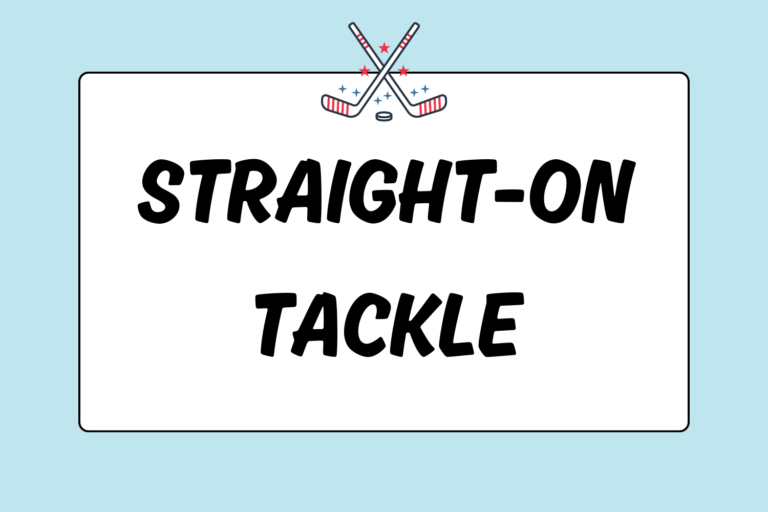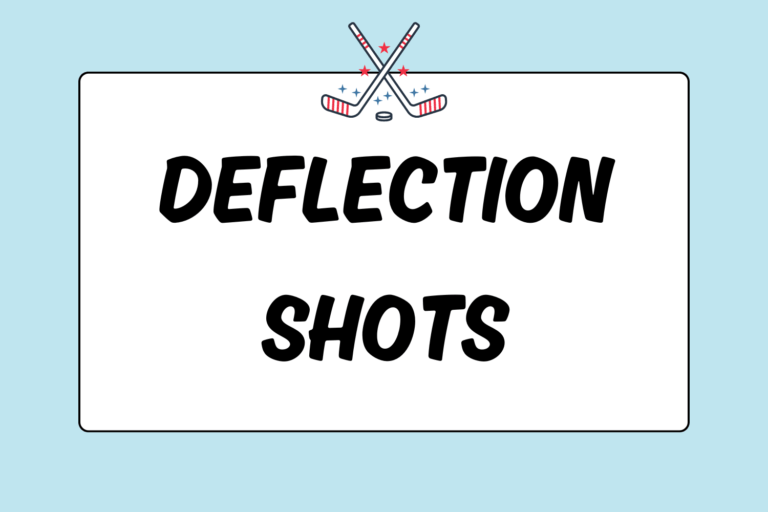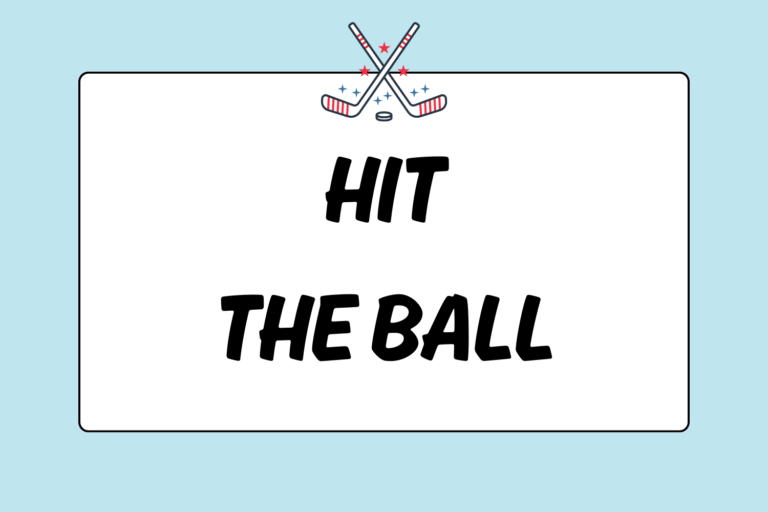There is no such thing as a one-man team in field hockey. Granted, being able to dribble through a crowd is fun to do. But, if you keep possession of the ball longer than your skills allow, a defender will surely take it away — you have to pass the ball.
The ball can travel up to 100 miles per hour — probably a lot faster than you can run — which is why passing is so important. Knowing how to pass will help you move the ball up the field, avoid opposing players, and score goals. The most basic pass is a push pass; master it and you will be on your way to becoming a great hockey player.
Forehand Pass
A forehand pass is any pass made off the right side of your body, also known as your “open side” or “strong side” because your body faces your target on the hit. Your left side is the “reverse side” or “weak side” because your back is to the target. With forehand passes, your hits are harder and more accurate; so, master these before moving on to more advanced techniques.
As a way of passing, there are specific types of forehand passes you can make: The push, upright slap, flat slap, hit, aerial pass, and any other type of pass made from the right side of your body. The ball will be positioned a little differently depending on the type of pass, but it will always be on the right side of your body. Listed below are the basic principles to follow for any forehand pass or hit:
- All forehand passes should begin with the ball to the right of your body.
- Before passing, keep the ball on bottom of your stick.
- Position your body (shoulders and feet) to face your target.
- Depending on what type of pass you are making, the ball will be placed a little differently:
- Push: Place the ball behind your back foot. This will give you more torque for more power.
- Slap & hit: Place the ball in the middle of your feet.
- To pass, sweep your stick forward (from the back to the front) in one fluid motion.
- As you move the stick forward, shift your bodyweight from the back foot to your front.
- The final motion is the follow-through: Make sure to point your stick and body at the target after having released the ball.
- Remember, always keep your eyes on the target — not the ball — when making a pass.
During a game, use a forehand pass when passing to an unmarked teammate. If you ever have the option of using a forehand pass or a backhand pass, use the forehand pass. Especially for beginning players, a forehand pass will be played more accurately and with more power.
Push
One of the most essential forehand passes you can learn in field hockey is the push — it’s just as important for amateurs as it is in Olympic and international competition. A push is the best pass to use for short distances because it allows for the most control over the ball, thus more accuracy. The stick stays in contact with the ball until it is released for the pass. This is different from other passes because there is no backswing, making it harder to defend against since the ball is never left unprotected.
- When setting up to push the ball, position your hands in the basic grip. Your right hand should be midway down the handle and your left hand should be at the top of the stick.
- Your body should be perpendicular to your target. That is, your left side should be facing the target.
- Place the ball to the right of your body, in line with your back foot.
- Bend your knees and keep low.
- Shift your weight from your back foot to your front foot as you push the ball forward and across your body.
- You can step or stay stationary for the hit, just make sure your left foot is open, pointed towards the target.
- As you are pushing your stick forward, rotate your hips to produce power. Once you have released the ball, your hips (and stick’s face) should be facing your target.
- The power in this pass comes from your core and the shift of your weight from your back foot to your front. So, rotate your hips hard and really put your weight into the pass.
- Keep the stick on the ball for as long as possible and follow through by continuing the swing after the ball has been released (just don’t bring it higher than waist-height).
- After having released the ball, make sure that the tip of the stick is pointing at the target.
Push the ball when you want to make a quick pass over a short distance. Because the push pass is hard to defend against, quick pushes around the defense in the shooting circle will give your team more shooting opportunities.
Practice Your Push
A good way to practice pushing the ball is by passing with a partner. Start about four feet from each other and focus on accuracy. Push the ball to your partner’s right side (strong side), and then push the ball to her reverse stick. After you have mastered each push, take a step backwards and work on your speed and power.
Hot Tip: Push for a Goal
If you have a chance to take a shot on goal, instead of hitting it, push it! It may not be as strong of a hit, but the ball is more likely to go in the direction you want. Pushing the ball, rather than hitting it, can also help calm your nerves in the shooting circle. Sometimes, an open shot in front of the goal can be a little too exciting — pushing the ball will keep you calm and composed.
Final Pass
For beginning hockey players, the push pass is the best option on the field. Because the ball is kept on the stick for the longest amount of time, it is harder to defend against. Moreover, a push can pass can be used anywhere on the field to pass, shoot, or defend.
Always try to utilize your strong side pushes. You will be more successful in your passing, shooting, and defending. So, before trying to use your reverse stick to make a push pass, get your feet around the ball and receive it on your strong side. Start practicing with a partner and you will have a great start to pushing your way to the top!





